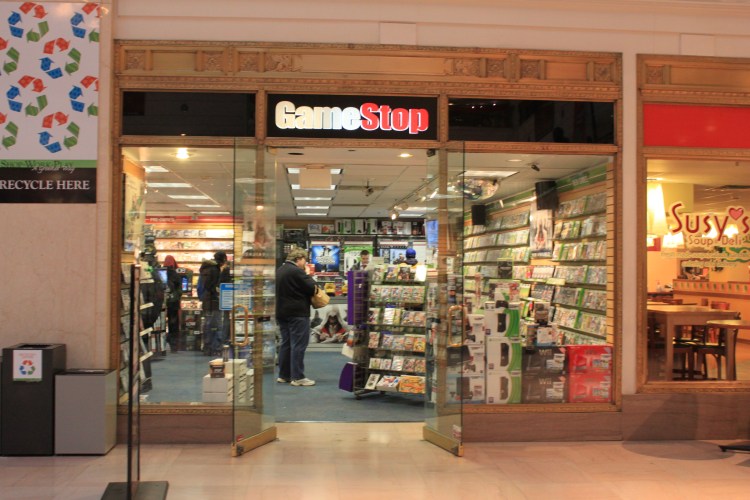The PlayStation 4 and Xbox One continue to build substantial audiences of gamers willing to spend cash, and 2015 is proof of that.
The game industry made $13.1 billion in revenue from new hardware and software sold at U.S. retailers, industry-tracking firm The NPD Group reported yesterday. That matches the $13.1 billion consumers spent in 2014. But that revenue only came in flat because increased spending on interactive toys and accessories made up for a drop in hardware and software spending. None of this means that PlayStation 4 and Xbox One are floundering. Instead, those systems are making more money while their predecessors’ sales continue to wither.
Hardware generated $4.86 billion in spending in 2015. That is down 4 percent year-over-year from $5.07 billion. Software saw a 2 percent drop from $5.3 billion to $5.17 billion. But sales of toys-to-life products Amiibo, Skylanders, Disney Infinity, and Lego Dimensions helped boost the accessories category by 12 percent from $2.76 billion to $3.1 billion.
And while that might make it look like the industry is merely surviving rather than thriving, that isn’t the case. NPD analyst Liam Calahan explains that the new systems continue to sell far faster than their predecessors.
“After 26 months of sales, the combined cumulative sales of Xbox One and PS4 exceeds the 26 month total of the PS3 and Xbox 360 by 47 percent,” said Callahan. “The lead from the prior generation has expanded, and that’s due to the strong PS4 and Xbox One 2015 holiday.”
To illustrate just how massive a holiday season the PS4 and Xbox One had, Callahan points out that those two systems were ahead of the PS3 and Xbox 360 (at this same point in their life cycles) by only 38 percent in October. The lead jumped drastically in November. This is evidence that gamers have not only come into this generation faster than before, but they also continue to do so every month. People are obviously excited about gaming, and they see the PS4 and Xbox One as the best ways to participate.
To elaborate further, Callahan explained why the hardware and software numbers look so grim.
“Annually, hardware sales decreased 4 percent with console and portable sales both decreasing by 4 percent,” he said. “Within consoles, [the PS4, Xbox One, and Wii U] generation of console hardware grew by 2 percent over 2014 while there was a sharp 60 percent drop in [PS3, Xbox 360, and Wii] sales, which led to a net decline of $198 million.”
Microsoft and Sony both have not dropped the prices for their last-gen systems to a bargain-hunter-friendly price of $99 — although you’ll have no trouble finding those systems at that price used. Instead, a new PS3 or 360 often goes for more than $200 — and it’s likely, at that price, cost-conscious families may start looking at Android or iOS tablets instead. And the lack of support for the PlayStation Vita handheld is also a drag on these figures.
Finally, when it comes to software, Callahan once again points the finger at last-gen and the shriveling portable market.
“For 2015, while overall new physical software dropped by 2 percent, console software increased by 2 percent,” he explained. “Portable software was down 34 percent, with [PS4, Xbox One, and Wii U] software increasing by 52 percent. This offset the decrease of [PS3, Xbox 360, and Wii software, which was down 53 percent. And that led to a net increase of $73 million in physical software sales.”
VentureBeat's mission is to be a digital town square for technical decision-makers to gain knowledge about transformative enterprise technology and transact. Learn More

